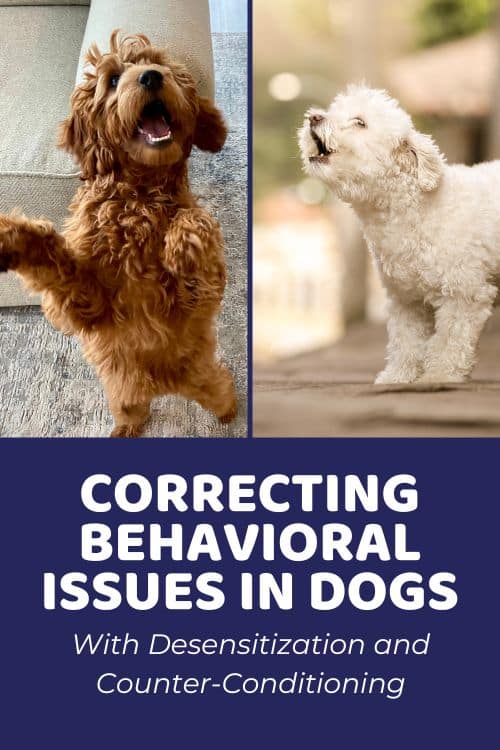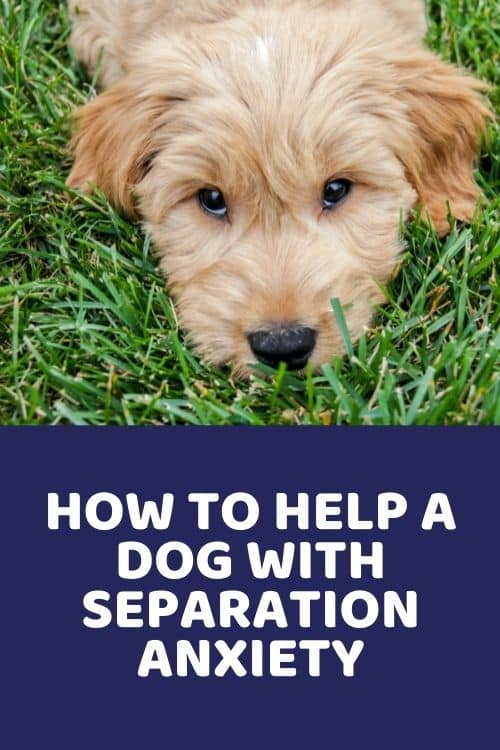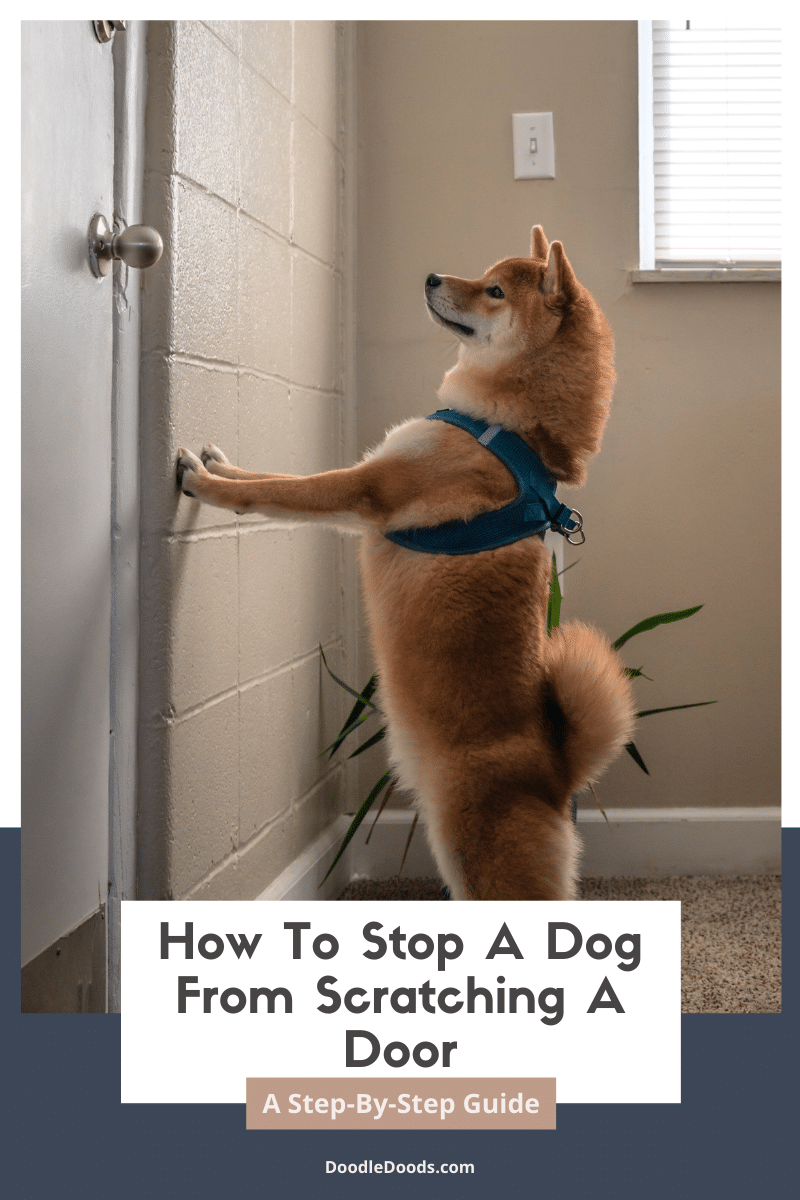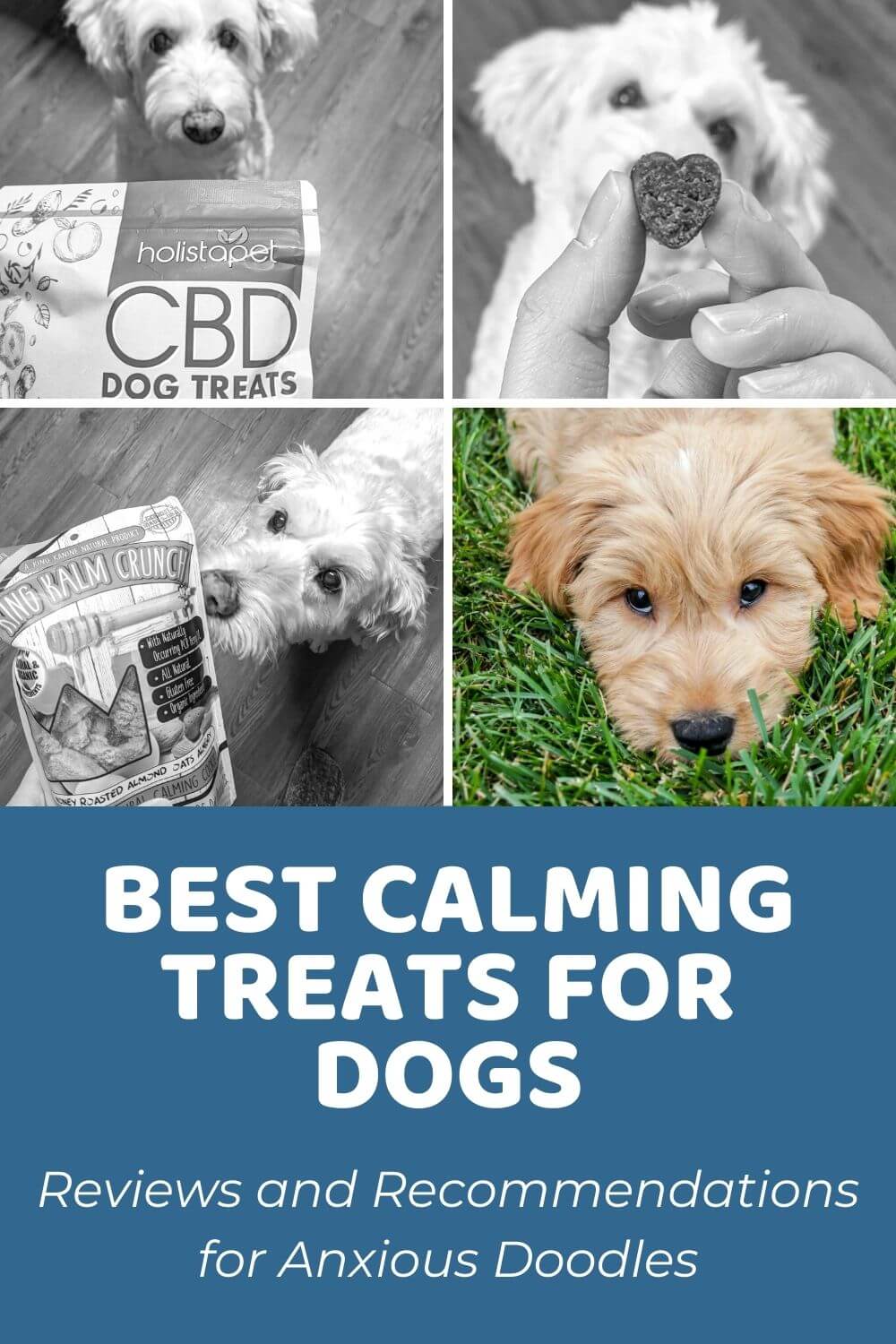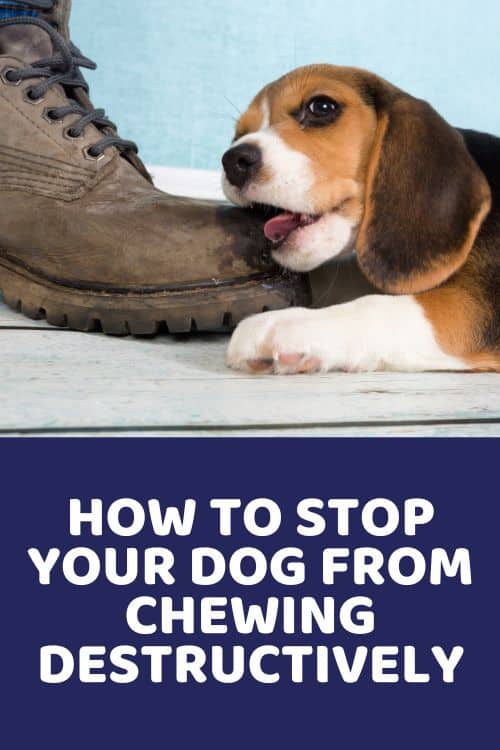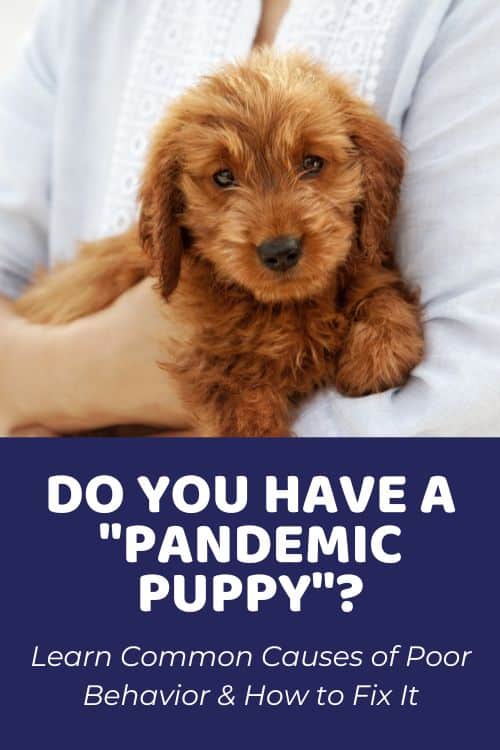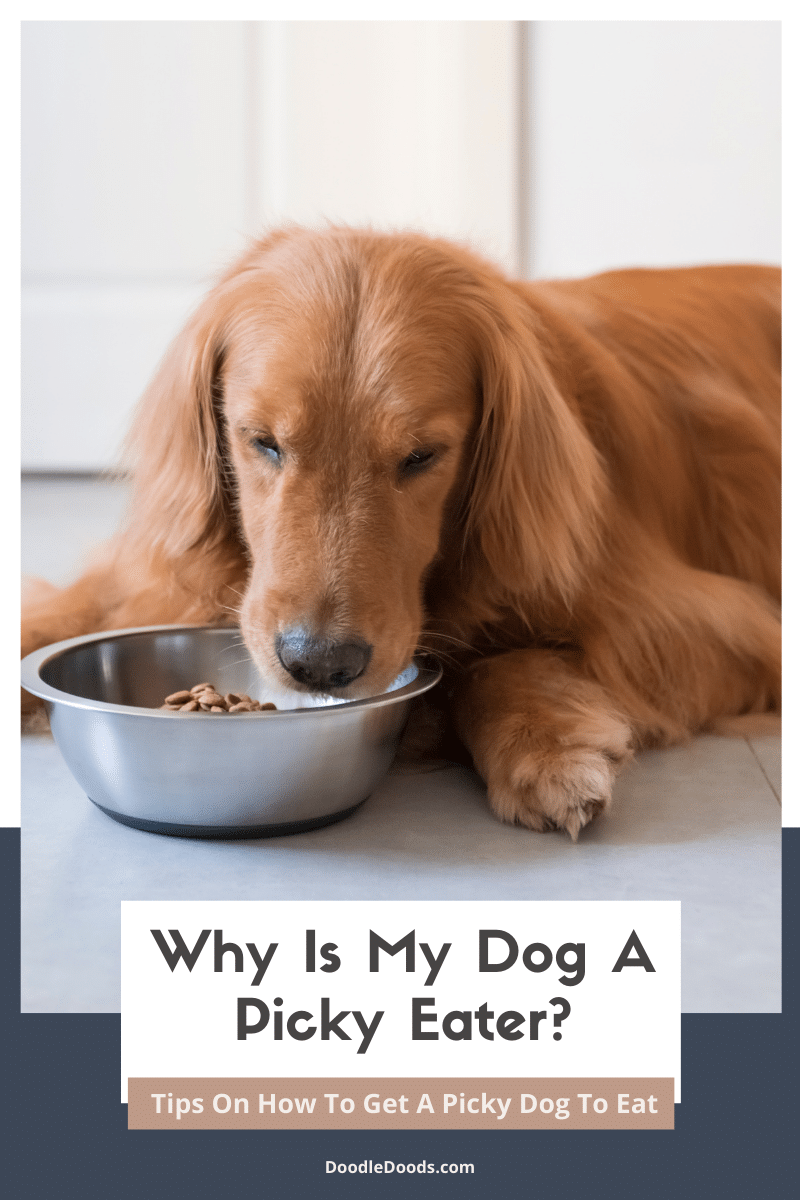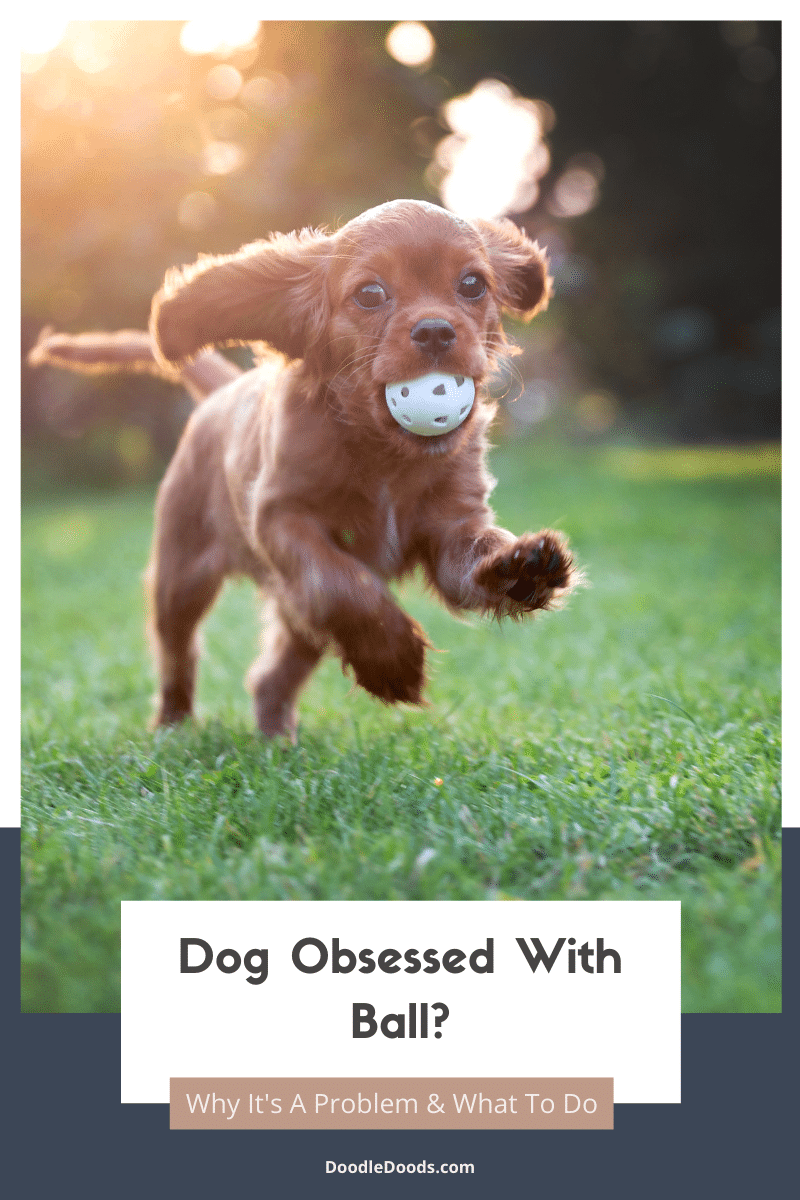Does your dog growl, snap, or lunge when someone approaches his food bowl or treats? If so, he may be displaying signs of resource guarding. Resource guarding in dogs is an aggressive behavior seen in many canines. This article will explain what resource guarding in dogs is and discuss how it can be managed and stopped. By providing a better understanding of this behavior, you will be able to take the necessary steps to stop it before it becomes a more serious problem.
Table of Contents
- Resource Guarding In Dogs: Introduction
- What Is Resource Guarding In Dogs?
- What Are The Signs Of Resource Guarding In Dogs?
- What Causes Resource Guarding In Dogs? Common Triggers & Causes Of Resource Guarding In Dogs
- How Can I Stop Resource Guarding In Dogs?
- Avoid These Mistakes While Curing Possessive Aggression In Dogs
- Resource Guarding In Dogs: Key Takeaways
- Resource Guarding In Dogs: FAQs
Resource Guarding In Dogs: Introduction
Resource guarding in dogs is an issue that can go unnoticed for a long period of time. At first it may seem cute that your best pal is protective of its favorite toys or food. However, if your pup doesn’t learn that this behavior is not acceptable, it can become a serious behavioral issue that needs strict intervention.
If you’ve made your way to this article, you likely understand the issue of resource guarding in dogs. Getting educated on the topic and taking the first steps is always the hardest, but you’ll be rewarded with a well-behaved, confident, and friendly dog, as long as you stay consistent.
What Is Resource Guarding In Dogs?
Resource guarding in dogs is an instinctive behavior that occurs when they believe they are in danger of losing something valuable to them. When resource guarding, dogs become territorial and protective of certain possessions such as toys, food, or even people.
Most commonly, resource guarding involves food and toys, but can also include other items such as a favorite spot on the couch or even their favorite human family members. The dog will display signs of resource guarding by growling, snapping, and biting if it perceives someone is trying to take away the resource.
What Are The Signs Of Resource Guarding In Dogs?
Resource guarding can manifest in a few different ways. A dog may become territorial and protective of items such as food, toys, or even people. Common signs of resource guarding in dogs include growling, snapping or lunging when someone comes near them or their possessions.
A dog may also tighten their body and stare intensely at whoever is approaching their item. There could also be other more subtle signs such as avoiding eye contact with the person they are trying to guard against, holding their tail low and/or curling up close to their possession. It’s important to recognize these signs early on so that you can take steps to prevent the behavior before it escalates into something more serious.
When it comes to resource guarding behaviors, some common signs that you may notice include:
- Growling and baring teeth when a person or another pet approaches the resource.
- Lying across the resource defensively or hiding it from view.
- Stiffening of body posture and raising hackles.
- Freezing in place with direct eye contact on the resource.
What Causes Resource Guarding In Dogs? Common Triggers & Causes Of Resource Guarding In Dogs
So, what causes resource guarding in dogs? Resource guarding in dogs is an instinctual behavior that can be caused by a variety of different factors. Anxiety, fear and aggression are some of the more common causes for why this behavior occurs. It could also be due to a lack of proper socialization or training, as well as an abundance of resources like food or toys.
Another contributing factor may be learned behaviors from other animals in the home. Dogs who grow up around resource-guarding family members may observe and imitate their behavior. As such, it’s important to recognize these potential causes in order to address them and prevent the behavior before it becomes more serious.
Resource guarding can be triggered by a variety of things, depending on the individual dog. Some common triggers include:
- Feeling threatened by unfamiliar people or other pets near the resource.
- Stressful situations such as loud noises or unfamiliar environments.
- Changes in routine such as when a new pet is introduced to the home.
- Not enough exercise or mental stimulation leading to resource frustration.
- Anxiety from lack of human interaction or bonding time with family members.
- Underlying medical conditions that cause aggressive behaviors.
How Can I Stop Resource Guarding In Dogs?
Although resource guarding in dogs is a serious issue, it can be managed with appropriate techniques and training methods. Once resource guarding behavior has been identified, it’s important to take steps to address and resolve the issue. Here are some of the most foolproof methods for stopping resource guarding in dogs.
Identify The Triggers
First and foremost, it’s important to identify the trigger and address any stressors that may be causing resource guarding behaviors. This could include providing more exercise or mental stimulation for the dog, introducing them to unfamiliar people or animals slowly, and ensuring they have plenty of quality time with their human family members.
Identity What Your Dog Is Possessive About
Once the triggers have been identified, it’s important to determine what resource your dog is possessive about. This could include toys, food, beds and other items they find valuable. Again, be sure to move slowly while approaching these resources so as not to aggravate your dog further.
Make Sure Your Pup Gets Plenty Of Exercise & Mental Stimulation
Providing plenty of exercise and mental stimulation is key in preventing resource guarding in dogs. Exercise can help them to release excess energy and become calmer, while engaging their minds with interactive toys and puzzles can also be beneficial.
If you provide enough physical and mental stimulation for your dog, they won’t feel the need to guard resources out of boredom or frustration. Additionally, providing structured daily activities such as walks and playtime can help keep them from feeling anxious or stressed.
What’s more, providing your pup with lots of positive reinforcement training can help to reinforce desirable behavior and build a sense of trust between you. Not only does positive reinforcement training teach your pup desired behaviors, it’ll keep their minds working, which essentially acts as mental stimulation. We’ll talk more about positive reinforcement in a moment.
Reinforce That You Are Your Dog’s Friend
It’s also important to reinforce that you are their friend. Whenever your pup is resource guarding, it’s important to remain calm and patient. Never shout or make sudden movements as this could exacerbate the behavior. If resource guarding does occur, it is important to remain calm and move slowly when approaching the resource. Moving quickly could further aggravate your dog, so be sure to maintain a slow pace of movement until they stop displaying aggressive behavior.
Instead, offer them treats and positive reinforcement for activities such as going on a walk or playing with a toy instead of resource guarding-related behaviors. This can help to teach the dog that resource guarding isn’t necessary and desirable behaviors will be rewarded with treats and affection.
Desensitize Your Dog
Once you have identified the resource they are guarding and the trigger that causes their resource guarding response, it’s time to start desensitization and counterconditioning them to the resource.
This involves exposing your pup to the resource in a controlled environment and rewarding them with treats and positive reinforcement when they remain calm. You can also desensitize them by slowly introducing similar items while rewarding the dog with treats and praise when they remain calm. Gradually reducing the number of treats and rewards while maintaining the same level of focus and attention can help reinforce appropriate behaviors.
Over time, this will help your pup learn that resource guarding isn’t necessary and that being around the resource won’t lead to unwanted consequences.
If you’d like to learn more about desensitization and counterconditioning, be sure to check out our full in-depth guide on this topic.
Use Positive Reinforcement Training
The most effective methods for reducing resource guarding in dogs involve consistent positive reinforcement training. This involves praising your dog when they respond correctly to situations that could trigger resource guarding, as well as providing rewards such as treats or toys.
You can use positive reinforcement training to teach the dog not to resource guard. Start by rewarding calm behavior around the resource with treats or praise. When another animal or person approaches the resource, reward the dog for showing calm behavior instead of displaying resource guarding behaviors. Slowly increasing distractions as long as he remains calm will help him learn that resource guarding is not necessary and can help to stop the behavior.
Moreover, you should consistently follow positive reinforcement training methods throughout the day, day after day. This is an excellent mental stimulation method, but also shows your pup that you’re present and that you provide them attention and affection.
Train Your Dog To Follow Commands Like Drop It And Leave It
Positive reinforcement based training may include rewarding your dog for calm behavior around resources or using “leave it” commands when they start to guard something. Training your dog to follow commands like “drop it” or “leave it” can be extremely beneficial in resource guarding situations.
When the dog has resource guarded an item, give them the command and reward them for dropping the resource. This teaches that resource guarding behavior won’t be tolerated and reinforces positive behaviors such as listening to commands and following directions.
You can also manage resource guarding in dogs with positive reinforcement training techniques, such as clicker training or reward-based methods. The goal of this type of training is to help the dog understand that resource guarding behaviors will not be tolerated. Each time the dog displays resource guarding behavior, give a firm “no” command and reward them for remaining calm when approached by unfamiliar people or animals. Over time, this training should help reduce resource guarding behavior.
Of course, it’s completely normal if you need some guidance along the way. In those instances, we cannot recommend enough the Online Puppy School by Baxter & Bella that includes a ton of different resources on positive reinforcement training and resource guarding in dogs.
Keep Triggering Items Out Of Your Dog’s Reach
Needless to say, sometimes the best course of action is to avoid triggers altogether. If that’s the route you have to take, it’s important to keep resource-guarding items out of your dog’s reach and to reduce opportunities for resource guarding situations.
If your pup is resource guarding toys or treats, make sure they are put away in a safe place when not in use. The same goes for any items that your dog shouldn’t be chewing on in the first place, such as your socks or the TV remote. This will help prevent resource guarding reactions while giving the dog an opportunity to learn more positive behaviors once they have appropriate toys or treats at hand.
How To Stop Resource Guarding With Other Dogs?
In some cases, resource guarding can also occur between dogs if one perceives another dog as a threat to their resources (i.e., food, toys, sleeping areas). If resource guarding between dogs is an issue in your home, there are a few things you can do to help.
If resource guarding is occurring between two of your own pets, it’s important to make sure they are getting plenty of exercise and mental stimulation separately as well as together in order to prevent overall frustration and anxiety.
Additionally, if resource guarding is occurring between two dogs in your home, it’s important to keep them separated at meal times and when they are playing with toys in order to prevent any potential conflict that could lead to resource guarding behaviors.
In cases where resource guarding occurs between two pets in different homes it’s important to reduce their exposure to each other until you can desensitize and counter condition both pets in a controlled environment. It’s also important not to punish or scold either dog as this could exacerbate the behavior and cause further issues.
Furthermore, when interacting with other animals, make sure everyone is getting enough resource attention and playtime. This will help prevent resource guarding behaviors from developing in the first place.
How To Stop A Dog Resource Guarding A Favorite Human Being?
It’s not uncommon for a dog to resource guard its favorite human being in the household. To prevent this, we recommend you start with proper socialization techniques from an early age. You should also expose your pup to plenty of sights, sounds, and experiences to build their confidence and keep resource guarding at bay.
In addition to that, if your dog’s resource guarding is triggered by separation anxiety, you must take appropriate steps to manage the issue. You’ll find lots of tips and tricks in our separation anxiety guide.
Consult With A Certified Dog Trainer
Finally, if resource guarding continues to be a problem, it may be beneficial to work with a professional dog trainer who can assess the individual situation and provide more customized advice for your pup. If your dog’s resource guarding becomes too severe for you to manage on your own, it is important to seek help from a professional who can provide more specific guidance on how to address the issue properly.
Working with an expert can help you get to the root of resource guarding behaviors in order to create an effective plan for addressing them. With patience and consistent training, resource guarding in dogs can be effectively managed so that everyone in the family feels safe and secure.
If you’re not sure where to begin, we recommend you consult with your veterinarian about the most appropriate course of action. They’ll likely be also able to recommend some excellent dog trainers in the area to help you and your pup overcome the issue.
Avoid These Mistakes While Curing Possessive Aggression In Dogs
When trying to cure possessive aggression and resource guarding in dogs, some of the most common mistakes owners make is using punishment-based methods. Even if a dog appears to respond well during training sessions, this type of behavior can often lead to further aggression and anxiety in the long run. Not to mention, punishment-based methods can seriously affect the bond you share with your pup and severely damage their emotional wellbeing.
Another mistake is trying to remove an object from them too quickly or without proper warning. Doing so may cause them to become more defensive or upset. Instead, offer positive reinforcement when they do show signs of relinquishing their item, such as by speaking calmly or providing a treat.
Last, but not least, Iít is also important to involve all family members during the training process. This way, consistency and cues remain consistent across all humans interacting with your canine companion. On the other hand, if all family members in the household send different signals to your dog, it’ll only make the process more difficult and time-consuming for all of you.
Resource Guarding In Dogs: Key Takeaways
– Resource guarding in dogs is an instinctive behavior that occurs when they fear losing something valuable to them, such as food, toys, favorite spots, and even human family members.
– Common signs of resource guarding include growling and baring teeth when someone or another pet approaches the resource, lying across it defensively or hiding it from view, stiffening body posture, and freezing in place with direct eye contact on the resource.
– Triggers for resource guarding can include feeling threatened by unfamiliar people or other pets near the resource, stressful situations such as loud noises or unfamiliar environments, changes in routine, anxiety from lack of human interaction, and not getting enough exercise or mental stimulation.
– Positive reinforcement training and proper desensitization protocols are the best way to address resource guarding between dogs. Reward calm behavior around the resource with treats or praise and gradually increase distractions while rewarding calm behavior.
– If resource guarding persists, it’s important to consult with a professional dog trainer who can provide customized advice for your pup.
Resource Guarding In Dogs: FAQs
Fixing your dog’s possessive aggression requires patience and consistency. It’s important to start by identifying the trigger and working on desensitizing them to it. During training sessions, provide a distraction such as a toy or treat when they display possessive behavior and reward them for relinquishing the object. Additionally, try involving all family members in training, so that cues remain consistent across all humans interacting with your four-legged pal. Make sure you are also setting boundaries for the dog in terms of their possessions – don’t let them have access to things that can lead to possessive aggression or encourage it by rewarding them with objects they guard. With time, consistency, and positive reinforcement you should be able to help your pooch get over their possessive tendencies.
Resource guarding in dogs is typically triggered when they feel that their resources are threatened. This can include food, toys, beds, and even people or other animals. Dogs may also guard resources if they are feeling uncertain or anxious about their environment. Additionally, possessive aggression can be triggered by a lack of boundaries and inconsistent cues from their humans. If a dog is not given clear guidance on what they should and shouldn’t do regarding the things they guard, this could lead to guarding behavior.
Yes, a dog can outgrow resource guarding with the right training and management. Consistent positive reinforcement, desensitization to triggers, setting boundaries, and providing ample distractions when they display possessive behavior can all help. Additionally, involving all family members in the training will ensure that cues remain consistent even when you’re not around. With patience and dedication it is possible for your pup to learn that their possessions won’t be taken away from them.
Resource guarding can start at any age, although it is usually more common in adolescent and adult dogs. Dogs may become possessive of resources even in puppyhood if an owner does not establish boundaries from the beginning. Therefore, it’s important to begin teaching your pup clear cues and expectations from a young age to help prevent resource guarding in dogs later on.
We strongly advise you against punishing your dog for resource guarding. Punishing resource guarding is not recommended as it can cause more anxiety and could even make the behavior worse. Furthermore, using punishment methods can seriously harm your relationship and bond. Instead, focus on teaching your pup alternative behaviors and providing positive reinforcement when they exhibit desired behavior. Additionally, providing distractions is a great way to redirect their attention away from their resources without punishing them.
Resource Guarding In Dogs: Final Thoughts
Resource guarding is an instinctive behavior in dogs, and can be caused by stress or anxiety about losing something valuable. By recognizing the signs of resource guarding, understanding its triggers and causes, and implementing positive reinforcement training techniques, resource guarding in dogs can be managed successfully. However, if resource guarding persists, it’s important to consult with a professional dog trainer who can provide tailored advice for your pup. With patience and dedication from you as a pet parent, resource guarding in dogs will soon become a thing of the past.
Learn How to Care for Your Doodle Puppy!

Perfect for first-time Doodle parents, get ALL your questions answered, including questions new Doodle parents don’t even think to ask.
Plus, get $700 worth of Bonus Materials for FREE, including:- Doodle Parenthood Community and Support Group ($190 value)
- Doodle Puppy Growth Tracker ($20 value)
- EMERGENCY Cheatsheet: When To Call The Vet Immediately ($50 value)
- HELP! Button ($145 value)
- And SO MUCH MORE!


